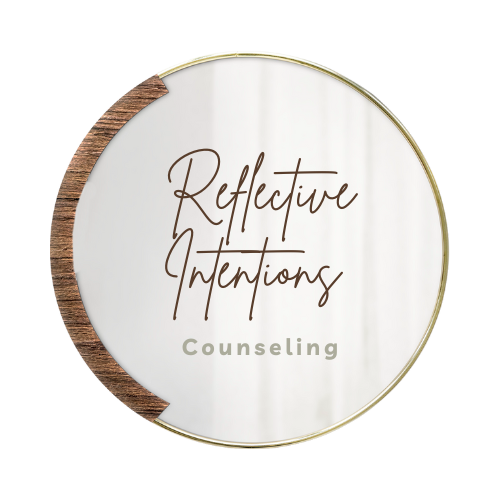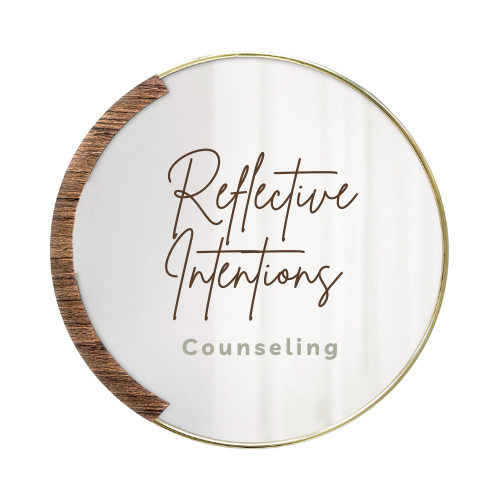What is EMDR?
Are you wondering why you are walking around feeling like you’re carrying the weight of your past decisions on your shoulders?
You’re tired, overwhelmed, and want things to make sense. You have people you can talk to, but it doesn’t change what’s happening.
As time goes on, you’ve noticed that no matter how much you try to think positively or challenge your thoughts, you find yourself in the same cycle sooner or later—overextending yourself, feeling unfulfilled and undervalued by others. It can be discouraging to talk about it without anything changing.
ENTER EMDR…
EMDR (Eye Movement Desensitization and Reprocessing) is a therapy that allows you to utilize your past experiences to propel you forward in your present.
Our brains and our body hold intelligence. Each time we go through an experience, our brain has a thought and a feeling that leads to a sensation; this gets filed away in our brain. Experiences that activate difficult emotions like shame, fear, guilt, and sadness (the list goes on) can get stuck in our conscious and unconscious memory. With EMDR, we work with identifying these memories, feelings, and sensations that have become core beliefs keeping you in a loop of unhelpful patterns.
Go from “I am invisible.”
to
“I deserve to be seen.”
-
Known as information gathering. During this phase I will gather as much history as we can, similar to a traditional “intake.”
-
Similar to any therapeutic alliance, it’s important to establish rapport. EMDR does not require you to tell me all of the details of your trauma, but it is important to establish trust in me as your therapist and, most importantly, confidence in yourself.
In this phase, we really hone into developing additional inner resources (coping skills) and techniques to manage your emotions, shame, and guilt-free to ensure your success in the process.
-
These two go together. We identify your negative core belief related to your experiences. For example, we work on identifying a negative belief
Example: “I am invisible.”
Then identify how would prefer to feel about yourself
Example: “I deserve to be seen.”
Reprocessing begins shortly after we identify your negative belief. -
These are the phases where we start to focus on desensitization.
During this, you may notice new thoughts, feelings, sensations, and maybe dreams related to your trauma.
We focus on installing your preferred belief and notice any lingering sensations in your body.

